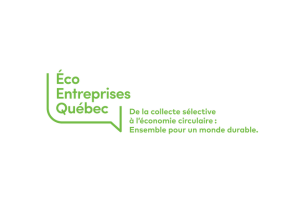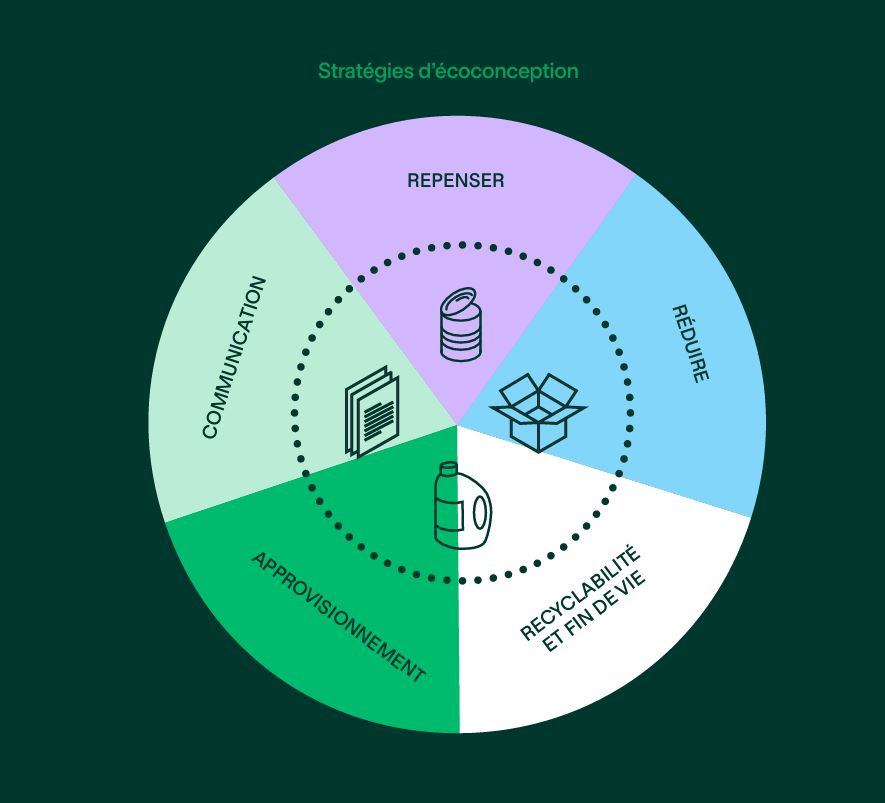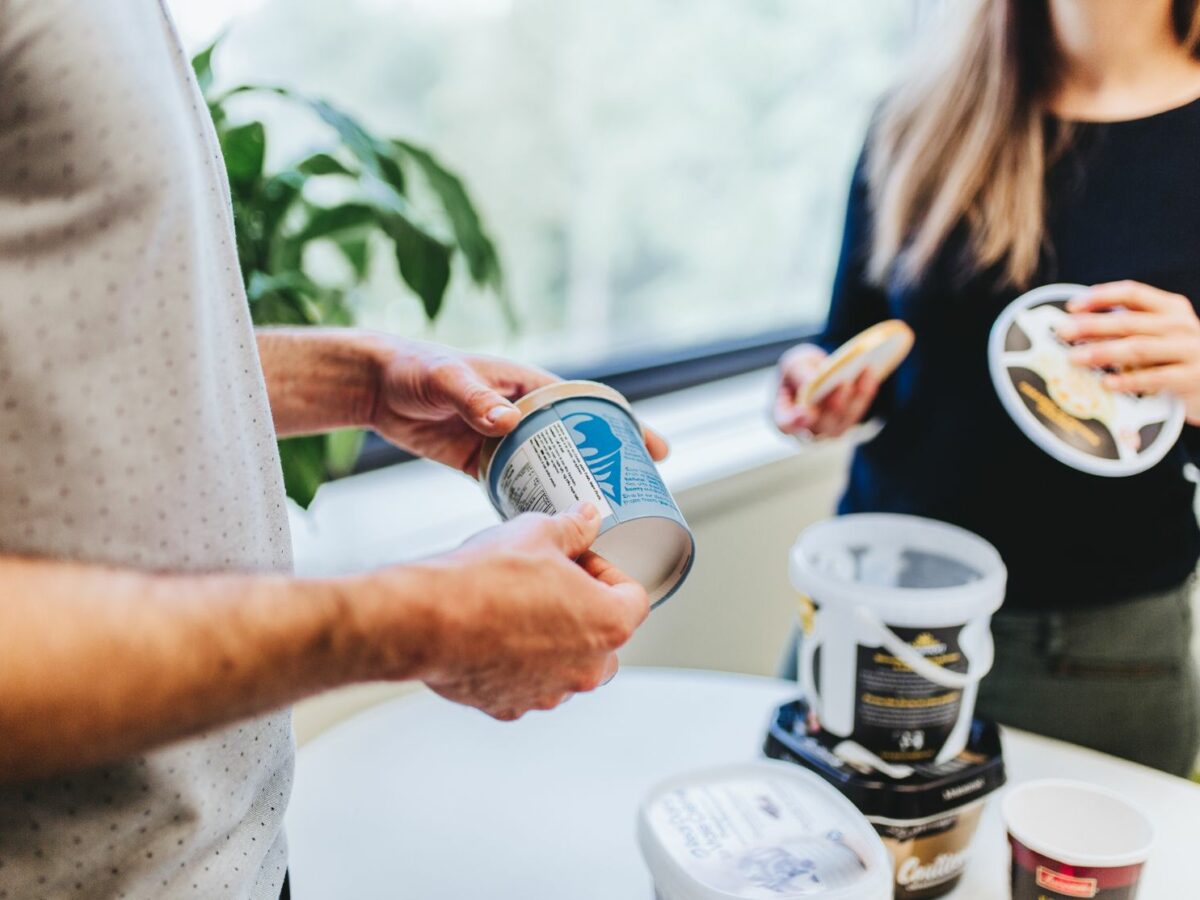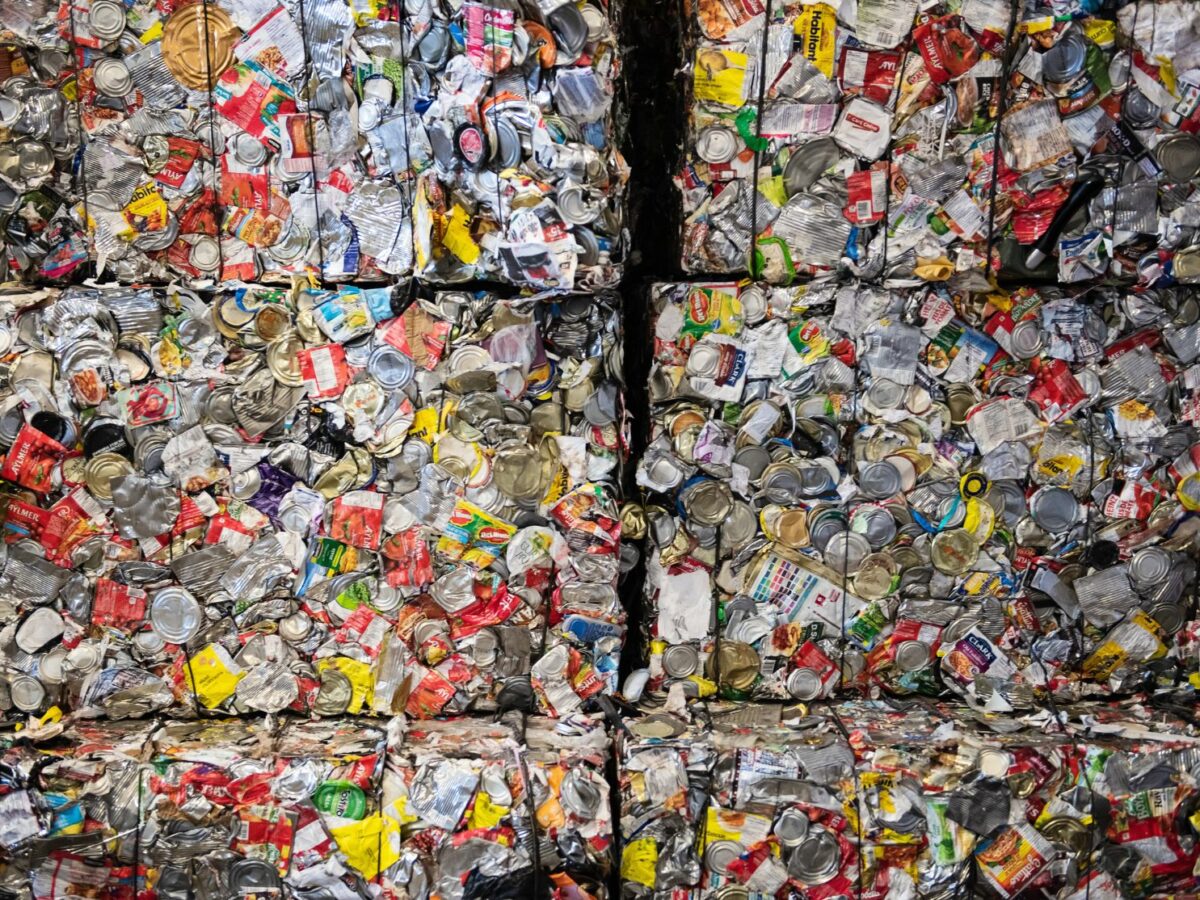
Éco Entreprises Québec
Éco Entreprises Québec (ÉEQ) is a private non-profit organization that represents the companies that place containers, packaging and printed matter on the market in Québec in their responsibility to finance the costs of effective and efficient municipal curbside recycling services.
As an expert, ÉEQ optimizes the curbside recycling value chain and implements innovative approaches with a view to sustainable development and circular economy.




